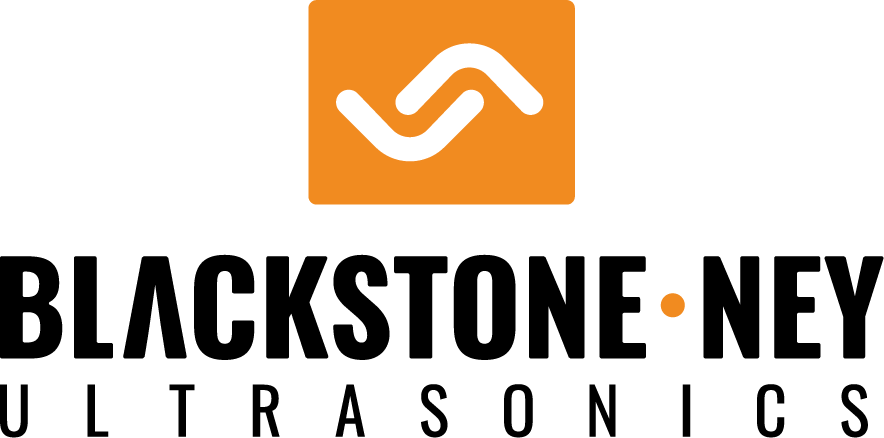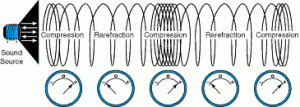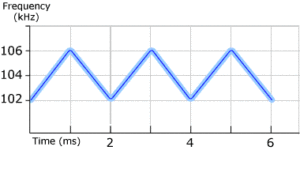The ultimate “closed-loop” cleaning system would produce no effluents requiring disposal. In many manufacturing facilities, disposing of waste liquid containing chemicals and other contaminants removed from parts being cleaned is either very costly or just not possible using municipal sewer or other available facilities. Even in the best cases, most cleaning system effluents require pre-treatment prior … Continued
A few more things to monitor – Dirty rinse – An effective rinse is critical to most cleaning processes. Only in very limited cases can residues from the cleaning step be left on parts after they are cleaned. It does not, of course, do any good to clean the parts if they become re-contaminated by a … Continued
Preceding blogs have described oil removal techniques for industrial cleaning in some detail. It would be nice if this was always a simple consideration – but it is not! The case for using an oil coalescer is pretty clear cut as long as the cleaning chemistry is truly a “splitter” AND, THE OIL IS NOT WATER SOLUBLE. … Continued
Now it’s time to see the results! Particles have been harvested, collected and are ready to either be weighed or counted. The first step in evaluating cleanliness using either method is to examine the specification. There are two basic types, part-specific and generic. Part-Specific Specifications – Part-specific specifications will state the sample size in number … Continued
Some substrate materials are inherent particle generators and may never be cleaned to the point of there being no particles present. With these materials, particles are a way of life and can not be avoided. This, of course, makes cleanliness testing using particle analysis a difficult if not impossible task. The difficulty is exacerbated by … Continued
Many cleaning specifications call for “Spot Free Drying.” I have always taken this to mean that there should be no visible water (or other) spots on the parts once they exit the cleaning process. The offending spots are usually created when water evaporates leaving behind a solid residue. The resulting residues or spots are cosmetically … Continued
There are two fundamental transducer designs used for power ultrasonic applications today, magnetostrictive and piezoelectric. Piezoelectric transducers utilize the piezoelectric property of a material to convert electrical energy directly into mechanical energy. Magnetostrictive transducers utilize the magnetostrictive property of a material to convert the energy in a magnetic field into mechanical energy. The magnetic field … Continued
Liquid-borne acoustic energy in the frequency range between 350kHz and up to about 5MHz is finding growing usefulness in a number of cleaning applications which require processing of extremely delicate parts and assemblies to remove particles ranging from a few microns down to a fraction of a micron in size. This “megasonic” energy varies from … Continued
Abstract A presentation describing the theory of ultrasonics and how ultrasonic technology is applied to precision cleaning. This presentation will explore the importance and application of ultrasonics in precision cleaning along with explanations of ultrasonic cleaning equipment and its application. Process parameters for ultrasonic cleaning will be discussed along with procedures for proper operation of … Continued
The various ultrasonic parameters, or degrees of freedom, available to the process engineer define what the ultimate limits are for the cleaning process. The traditional degrees of freedom available in an ultrasonic cleaning system have included modulation of a single center frequency (sweep), variable duty cycle, and amplitude control at a single frequency. All of … Continued


